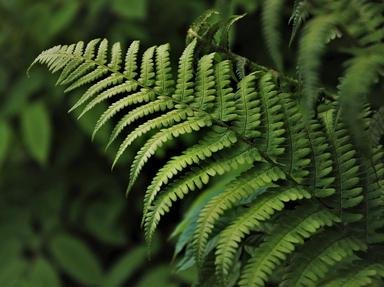Quiz Answer Key and Fun Facts
1. Nerium oleander is a beautiful but highly toxic flower. It can be found in America, Africa, Asia, and Australia.
2. Although the stalks of this plant are perfectly edible, the leaves are poisonous. What's the name of this perennial?
3. What fragrant, flowering bush, considered the national flower of Indonesia and The Philippines, has poisonous berries?
4. The berries of the Taxus genus of plants are eaten by birds, but deadly for humans. What tree, known for pliable wood, can they be found on?
5. Although festive around the Christmas holidays, the white berries of what parasitic plant are considered toxic for consumption?
6. A very strong poison, it allegedly led to the death of Socrates. What is the common name of this plant in the genus Conium?
7. Atropa belladonna, a plant with dark berries, causes hallucinations and...well...death. What is its more common name?
8. Although not as potent as other plants, what toxic flower's bulb is highly dangerous for pets and can cause one to become violently ill?
9. Only one of the seeds of this plant can be a lethal dose, even though the oil derived from it is used for medicinal purposes...and as a lubricant. What's the poisonous plant?
10. Although there are numerous species of this plant from Europe and Asia, what plant, the name of which is derived from Greek mythology, has poisonous berries?
Source: Author
kyleisalive
This quiz was reviewed by FunTrivia editor
WesleyCrusher before going online.
Any errors found in FunTrivia content are routinely corrected through our feedback system.

